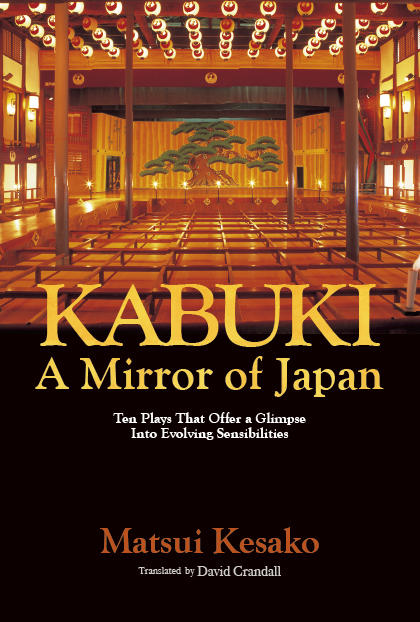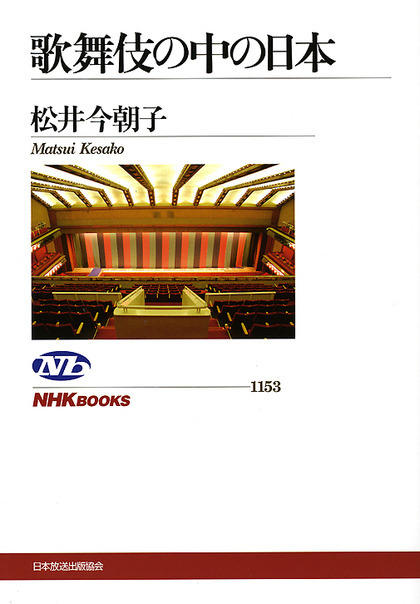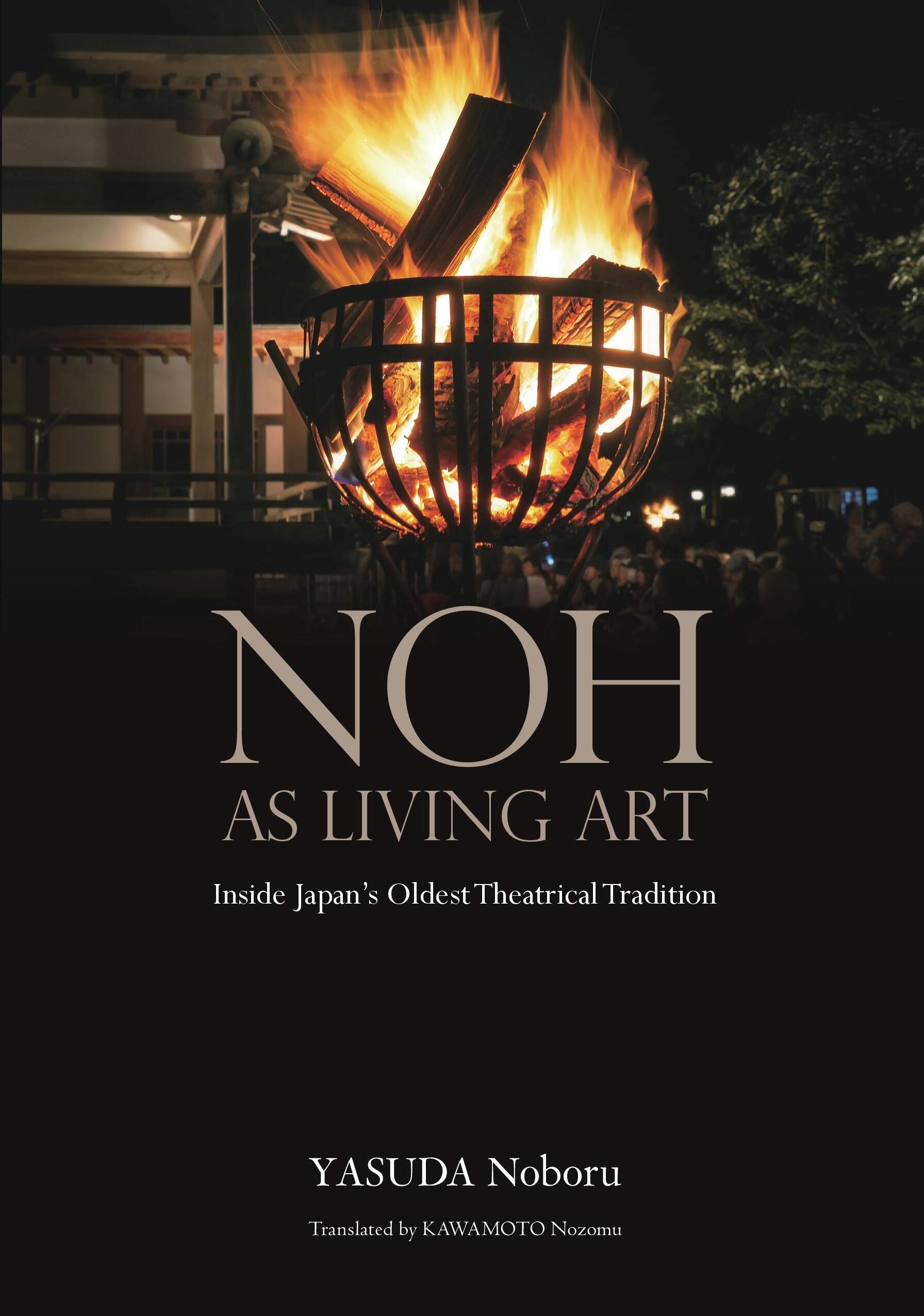In this delightfully engaging look at Japan’s traditional dance-drama, Matsui Kesako approaches kabuki in the same way a paleontologist might examine geological layers, with each play revealing a fascinating story about the time and place in which it was created and performed. Starting with Danjūrō I’s Shibaraku, which dates to the late seventeenth century, Matsui artfully traces the origins and evolution of many of kabuki’s defining characteristics while linking them to larger patterns of cultural development in Japanese society. As a novelist and former writer for the kabuki stage herself, she offers a unique perspective on 10 of the most famous and beloved plays in the traditional repertory, ending her survey with Mokuami’s Sannin Kichisa, which premiered in 1860—just prior to the start of Japan’s modernization. Her keen insights, encyclopedic knowledge, and easy writing style bring this centuries-old theatrical tradition to life, rendering it readily accessible to those who may have no prior knowledge of the subject. Originally intended for Japanese readers, this groundbreaking work is now available in English, offering the international community glimpses into why kabuki can truly be called a “mirror of Japan.”




